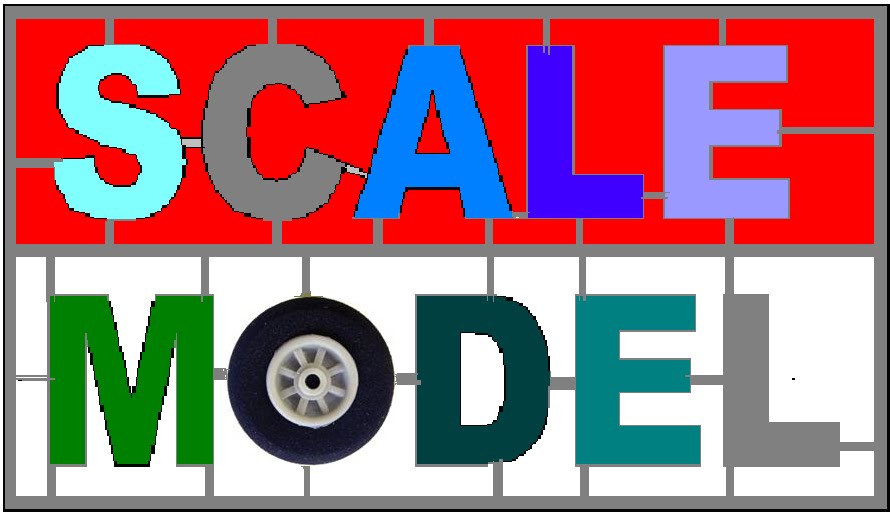Museum Monumen Jogya Kembali (monjali)
https://www.militaryfactory.com/aircraft/detail.asp?aircraft_id=1296
Ki-9
K5Y Yokosuka
Alex Sidharta Ki-9 sama K5Y Willow mirip tapi beda, paling kelihatan di sayap.
K5Y Yokosuka
Alex Sidharta Ki-9 sama K5Y Willow mirip tapi beda, paling kelihatan di sayap.
Sudirosumbodo Dan batang melintang di roda pendarat.
Tachikawa Ki-9 Spruce
Pesawat buatan Jepang ini diketemukan "drawing"nya di situs wingspalete seperti terlihat diatas, di Jepangnya sono dulu biasa digunakan oleh AD. Jadi bingung juga nih karena ada di websitenya bule ( http://www.preservedaxisaircraft.com/Japan/Tachikawa/Tachikawa.htm) bilang yg dimuseum Satria Mandala itu Ki-9 tapi di website laen dia itu K5Y1, emang sih pesawat ini sepintas mirip dengan "Churen"(Yokosuka K5Y1 Willow) yang di Jepangnya sono dipake oleh ALAda cerita laen dari http://www.hyperscale.com/2009/reviews/kits/rs92050reviewgp_1.htm The Tachikawa Ki-9 was a single engined bi-plane trainer with unequal wing span built in the mid 30s. Originally intended for use as both basic and intermediate trainers, the basic trainer with a smalled engine was found to be unstable and discontinued.First flown on the 7th of January 1935, over 2000 were built and used by the Japanese Air Force before and during the Second World War and post-war by the Chinese, South Koreans and Indonesia.The Ki-9 was redesigned by Tachikawa to become the Ki-17 for basic training with the smaller engine.
Ada lagi catatan dari RS Models http://old.rsmodels.cz/?link=view&id=92049
Designed for use as a primary or intermediate trainer the Ki-9 appeared in late 1934. The first of three prototypes was flown on 7 January 1935, powered by a 261kW Hitachi Ha-13a radial. Production deliveries began in 1935. Designated the Army Type 95-1 Trainer Model A and later given the Allied codename Spruce the Tachikawa had complex split-axle landing gear with fairings over the top of the wheels. In 1939 this was modified and simplified, the fuselage slightly shortened and all-up weight reduced. The resulting Army Type 95-1 Model B or Ki-9 Kai had improved manoeuvrability and flight characteristics. Both versions were used widely for blind-flying training with a folding hood over the rear cockpit, and at least one was modified with a glazed canopy over the rear cockpit for use as a staff officer transport. Production by Tachikawa totalled 2,395, ending in 1942. At least another 220 Ki-9s were constructed by Tokyo Gasu Denki in the last two years of the war. The Ki-9 was also flown in wartime by Japanese satellite countries and postwar by Indonesia, China and South Korea.
Characteristics >>
Wingspan: 10,32 m
Lenght: 7,90 m
Height: 3,1 m
Empty weight: 1120 kg
Max speed: 240 km/h
Ceiling: 5800 m
Production by Tachikawa totalled 2,395, ending in 1942. At least another 220 Ki-9s were constructed by Tokyo Gasu Denki in the last two years of the war. The Japanese army's standard basic trainer, the Ki-9 was also flown in wartime by Japanese satellite countries and postwar by Indonesia. http://www.aviastar.org/air/japan/tachikawa_ki-9.php
https://www.militaryfactory.com/aircraft/detail.asp?aircraft_id=1296
https://www.militaryfactory.com/aircraft/detail.asp?aircraft_id=1296




















Tidak ada komentar:
Posting Komentar